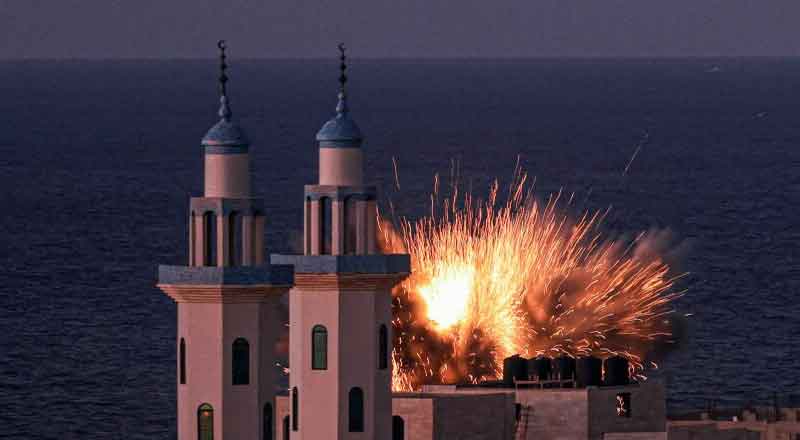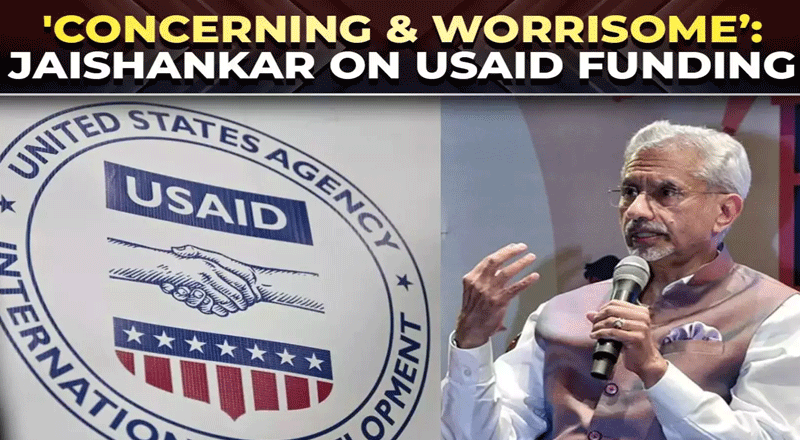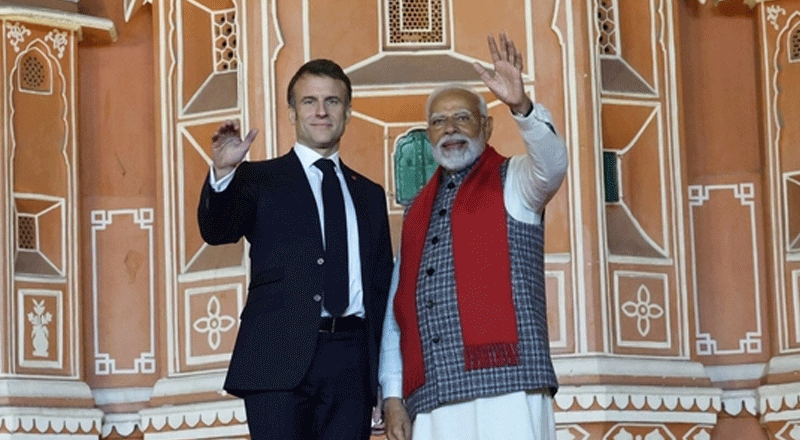- As Israel gears up for an all-out ground offensive in the Gaza Strip, one of the biggest challenges they face is Hamas’ extensive tunnel network under Gaza.
- The densely populated area with a network of tunnels is a key aspect of Israel’s tall security challenge.
- Israel Defence Forces spokesperson yesterday said they are striking parts of the tunnel network, but it won’t be an easy battle.
- Hamas leader had claimed that the tunnel network in Gaza is 500 km long and only 5 percent had been destroyed in 2021.
- Saleh Al-Arouri, deputy chief of Hamas politburo, has told that before Hamas attacked Israel, its defence plan “was stronger” than its attack plan.
As Israel gears up for an all-out ground offensive in the Gaza Strip, one of the biggest challenges they face is Hamas’ extensive tunnel network under Gaza. Several experts have warned that in a ground offensive, Israel will lose its firepower edge and will have to fight the enemy on its terrain. The densely populated area with a network of tunnels is a key aspect of Israel’s tall security challenge. An Israel Defence Forces spokesperson yesterday said they are striking parts of the tunnel network, but it won’t be an easy battle.
In 2021, the Israel Defense Forces claimed that more than 100 km of Hamas’ tunnel networks had been destroyed. Hamas leader Yahya Sinwar had then claimed that the tunnel network in Gaza is 500 km long and only 5 percent had been destroyed. To put this into perspective, the entire Delhi Metro network is about 392 km in length. And Delhi is four times the size of Gaza, indicating how elaborate the underground network in the Strip is.
Responding to global criticism over the targeting of civilian buildings, the Israeli forces have repeatedly argued that Hamas operatives hide in the tunnels below the civilian buildings. Since taking control of the Gaza Strip in 2007, Hamas has worked to expand the tunnel networks within the city and also across the Gaza-Israel border.
Hamas’ shocking attacks last weekend were a combination of a massive rocket strike and a simultaneous attack by land and water. Israel’s border with Gaza is fenced and has sensors to detect movement. But there was no early warning before Hamas launched a surprise attack on civilians. The tunnels are believed to have played a key role in Hamas operatives crossing into Israel undetected.
Now here is a big question. Israel’s fence with Gaza is 30 feet high, with an underground concrete barrier. Then how did Hamas operatives enter Israel undetected, unless they dug tunnels under the fence and the barrier? Unlike the more sophisticated tunnels within Gaza City, the cross-border tunnels are rudimentary, Reichman University faculty member Dr Daphne Richemond-Barak has told the BBC. “The cross-border tunnels tend to be rudimentary, meaning they have barely any fortification. They are dug for a one-time purpose – invading Israeli territory,” she says. The tunnels inside, she says, are “equipped for a longer, sustained presence”. “The leaders are hiding there, they have command-and-control centers, and they use them for transport and lines of communication,” she says.
Before Hamas took control of the Gaza Strip, the tunnel network was used for smuggling. Following Israel’s disengagement from Gaza in 2005 and the 2006 polls that Hamas won, Israel and Egypt started restricting the movement of goods and people across their borders with Gaza. Over time, smuggling ceased to be the tunnels’ primary purpose. Egypt destroyed the tunnels across their border with Gaza. In later years, Israeli started referring to the tunnels as “terror tunnels” and even restricted construction materials’ entry into the Gaza Strip. In 2014, an illustration released by the Israel Defense Forces showed multiple tunnels across the border.
As it prepares for a ground offensive, Israel’s key concern is to ensure the safe return of the 150-odd hostages Hamas operatives hold. An Israeli security source has told the news agency that it’s possible that the hostages have been kept underground.
“Most of the targets, people, equipment, and logistics are located underground and it’s possible the hostages are located underground. The purpose will be to flatten the ground to then be able to get to the underground bunkers,” the source has said. While Israel will rely on bunker-buster bombs and its Merkava tanks, it will have to tackle booby traps and Hamas operatives who know the underground well and can use them to strike, hide and escape. Dr Richemond-Barak told BBC how Hamas got plenty of time to booby-trap the tunnel network.
Saleh Al-Arouri, deputy chief of Hamas politburo, has told that before Hamas attacked Israel, its defence plan “was stronger” than its attack plan. As Israel planes strike Gaza buildings, the UN has raised concerns about the humanitarian crisis facing the two million population in the Strip. As the death count climbs, Tel Aviv is likely to face international pressure to de-escalate. The Gaza tunnels may ensure Israel has a long battle ahead and not enough time.
(With inputs from agencies)





